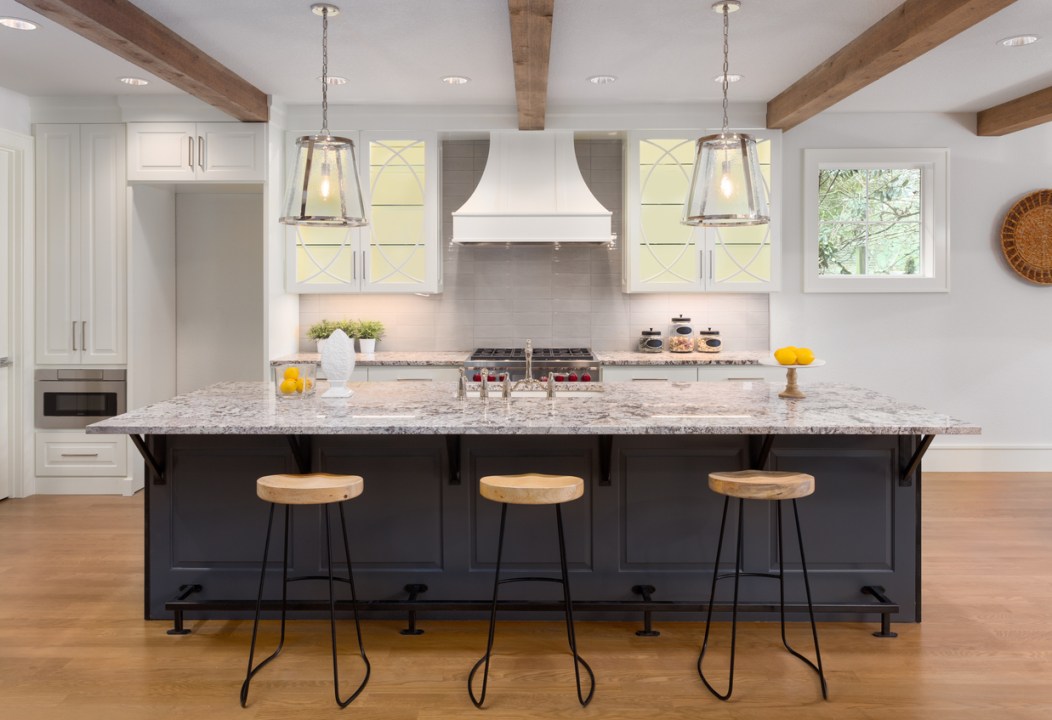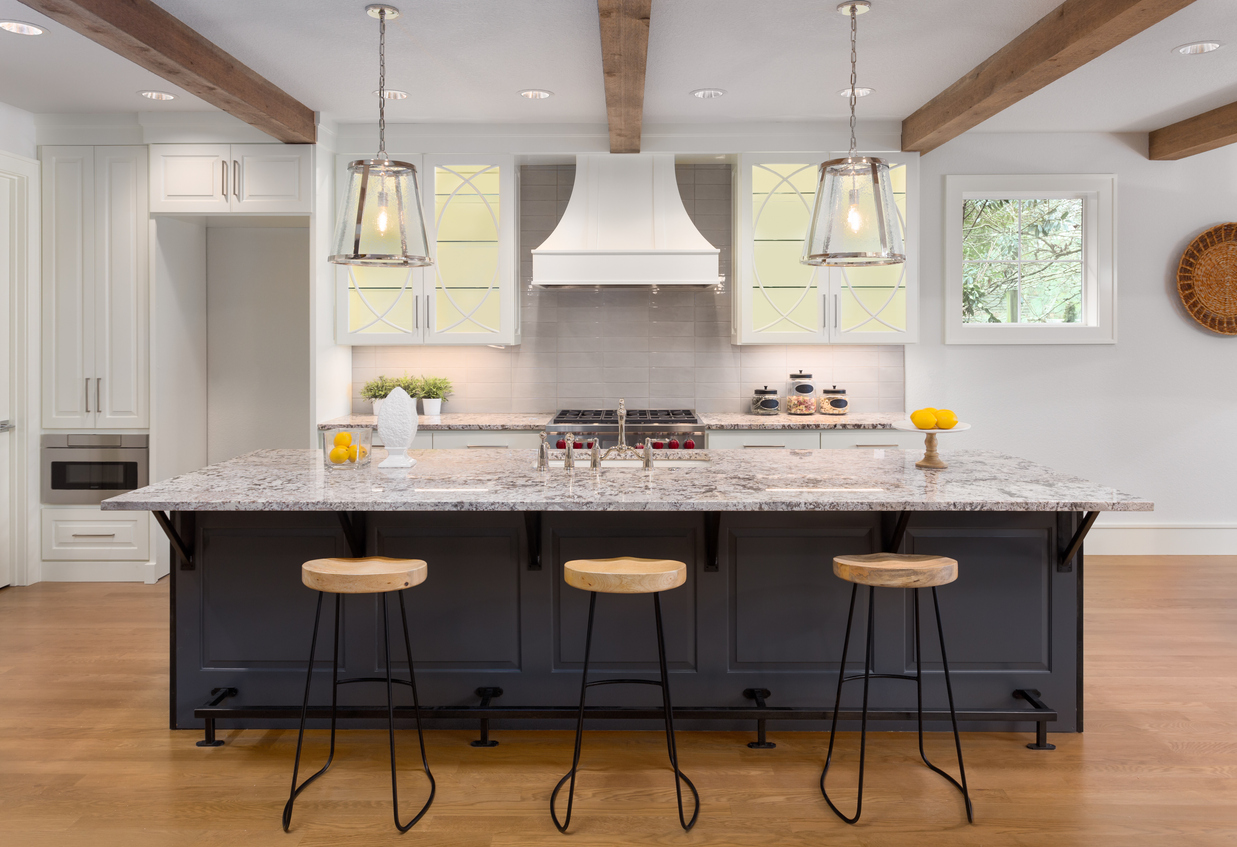House prices are increasing at their fastest rate for seven years, jumping by as much as 10.9 per cent according to the Nationwide in their most recent survey. Is now the time to stay put and extend rather than go through the hassle of moving into a supply constrained rising market? And if you do extend, is it guaranteed that you’ll add value? Adding an annex or a loft extension, according to Shawbrook Bank, a home improvement loan provider, indicates that you’ll add 5 per cent to the value of a home and separate research by Nationwide suggests that 20 per cent of the value can be added if you build in a double bedroom and en-suite bathroom.
However, if you really want to make sure you’re adding value, a national statistic doesn’t mean very much when it comes to specific properties. You’d be wise to consider that some elements of an extension will add more value than others. And in some cases, you could destroy value.
Here are my top seven tips to help you make the most of any works you undertake:
Why are you doing these works in the first place?
There are generally two right answers to this question. The first is to create more space and the second is to create better space. It’s amazing how many home extensions have been bolted on to a home simply to add more space without much thought as to why. If your extension doesn’t achieve these two aims, you’re unlikely to increase your property’s value.
Where is the space going to be added?
It may be more expensive to add a basement than a loft extension. However, upstairs is likely to add more value than down. Unless your subterranean space has access to natural light (through a lightwell, glass ceiling or dug out garden space) this ship has sailed. Loft conversions are back. Why? Because they add useable areas without taking precious outside space. However, if you are in the roof, unless the space has a good floor to ceiling height, you won’t be adding a premium.
Master the stairs
It’s easy to forget about the stairs in our haste to add space elsewhere, but I have been to so many houses where a tiny and often very steep staircase has been added to launch you into the top floor or down to a basement. Saving floor space this way is a false economy. So are overly modern staircases with glass treads (pets hate them) or glass handrails (sticky handprints love them!). A well-balanced staircase is under appreciated but will likely deliver an investment return.
Don’t be afraid to move or remove a wall
The number of extensions I have seen where the space doesn’t work are too numerous to count. And I never understand why no one has thought about how the space will be used, the difficulties of shoehorning too much into an area or even forgetting where the afternoon sun arrives at the building. Side returns can be a tremendous investment, particularly for a Victorian terraced house. However, if you simply create a lot of new space that’s dark or relies solely on artificial light, or doesn’t work with the rest of the house, you’ll not reap a reward for your efforts.
Use an architect
I don’t just mean for you to appoint one. But engage with them so that you find the very best solutions. Space that’s well planned will always add value. And so will a scheme that has been properly applied for with permissions secured and certifications obtained.
Consider inside and outside
If you are going to take some of your garden, make sure that you make the space work in harmony. That may mean bifold doors, but it also means hard landscaping outside and around your extension too. If the result is ugly or looks unnatural compared to the existing property, it will not matter how much square footage you have added. Nobody is going to pay a premium for a monster house.
Fix problems along the way
Use the opportunity of doing works to fix problems. If you create a lovely big kitchen, dining, snug… don’t forget that just because it’s warm in summer and leads into the garden it could be chilly in winter. Adding underfloor heating is easy if you’ve got a project underway but not something that can be an afterthought.
And here are five mistakes to avoid:
1. Don’t lose a garage to create an extra room. With the advent of electric cars, a driveway and off-street parking will once again be a premium. At one stage there was a big shift for space and a street was perfect for a car. No longer is that the case.
2. Resist the urge to build huge subterranean TV rooms. They may be flash and bondesque, but they won’t add much to the value to your home. Likewise that wine cellar you’ve always coveted. Instead, focus on useful living space.
3. Don’t turn a property into something it’s not… even something as simple as a four-bed house in a three-bed house street may not achieve its full potential when it comes to selling.
4. Beware of losing precious garden space. In a post pandemic world in which we are enlightened to the joys of the outdoors, gardens are at a premium.
5. Avoid using materials that don’t work together or look cheap; they will make your extension stick out like a sore thumb and harm its potential to add value.
A good extension should not only add square footage but enhance the existing spaces in your home. Better space always sells and achieves full value. It’s always worth making sure that you use the best materials and high quality workmanship. And beware of a national statistic. Yes, space in an urban setting is a premium and if you add space, you’ll add value. In a rural setting where space and design are imperative, an ugly extension on a beautiful house will blight rather than delight.






Comments